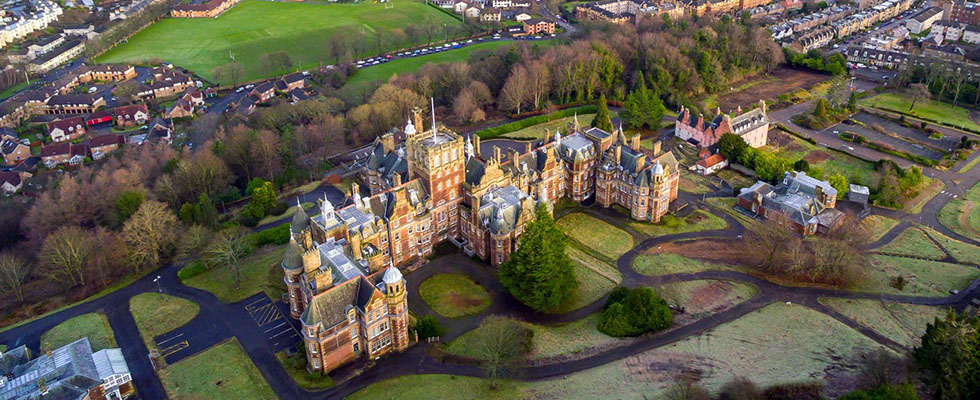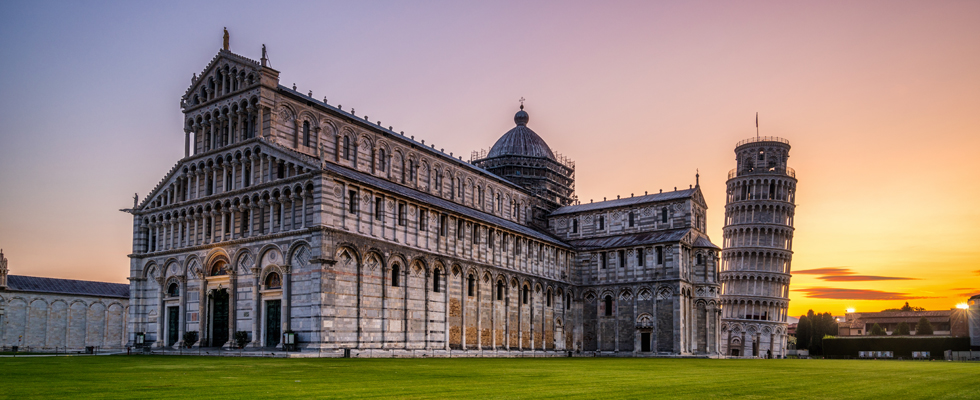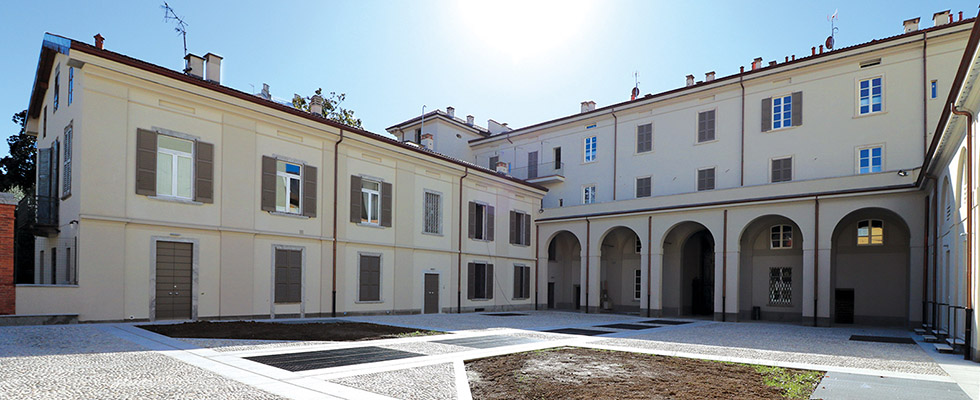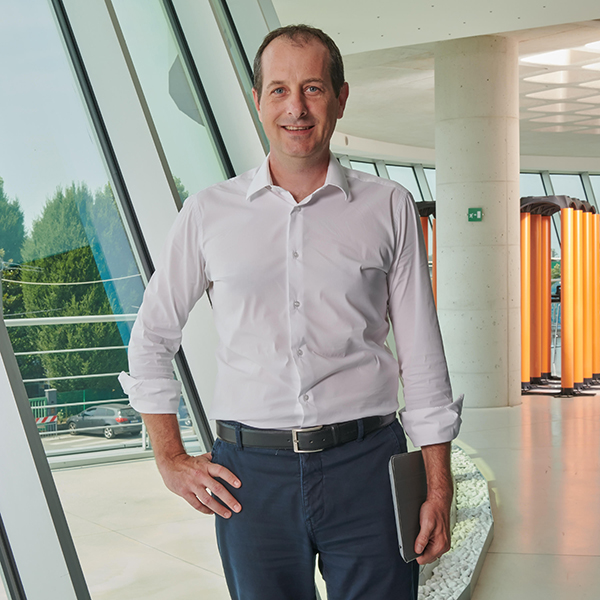Sustainable heritage: Top Geoplast projects
11 February 2019
Culture is considered the fourth ‘pillar’ of sustainable development, besides economic growth, social inclusion and environmental balance. It is also included in general sustainable development goals defined by the Declaration on the inclusion of culture in the sustainable development goals.
Cultural heritage is seen as an important resource taking part in sustainable development through technological improvements, multi-functional use, and urban recycling. By giving historical sites new life, architects and engineers are transforming them into livable and sustainable points that inspire.
Our favorite cultural heritage projects are:
Craig house, Edinburgh, Scotland
A concrete storm water attenuation tank was built to provide more efficient water management system. It took just 4 days to build the tank, providing 1,900 m3 of underground water storage space, available also for inspection and maintenance. New Elevetor Tank is used to build the concrete structure ‘in situ’, released from heavy columns and beams. The infrastructure was modernized without changing the landscape.
Campo dei Miracoli, Pisa
The leaning tower of Pisa project included transformation of a 8.87- hectare area lawn into a walkable surface each day abundantly used by thousands of tourists, while preventing its environmental devastation. This place became a liveable spot to sit, stay, or walk in order to enjoy one of the most famous architectural complexes and silhouettes in the world. Geoflor was used to protect turf, grasses’ roots, and ambiental quality.
Antica corte, Lecco
Reconstruction of an old building consisted of renovation project for the building, and creation of a 2-storey underground garage in the courtyard. Our product Airplast was used as the lightening system for moulding of 700 m2 one-way ribbed slabs of garage and courtyard.
Lincoln Reservoir Cal Anderson Park
Built in 1901, after the big fire in Seattle in 1889, the Reservoir for decades presented a large playfield area and community hub. In 2005 it was rebuilt as a basin covered with green park area, using Geotub to mould the pillars.
These cultural heritage locations do not serve only as cultural inspiration, but as examples of sustainability and resilience.





